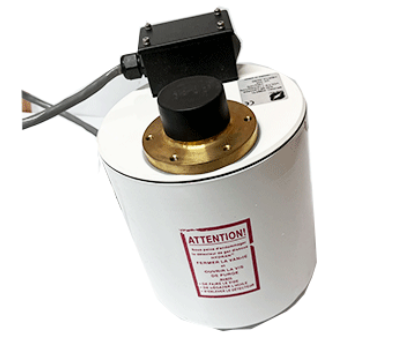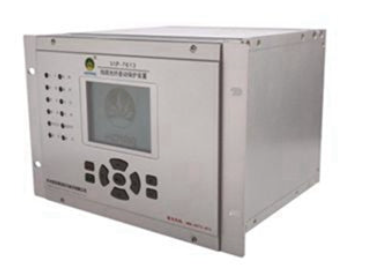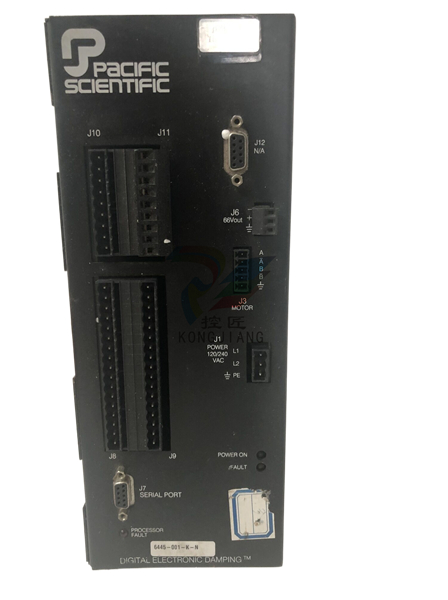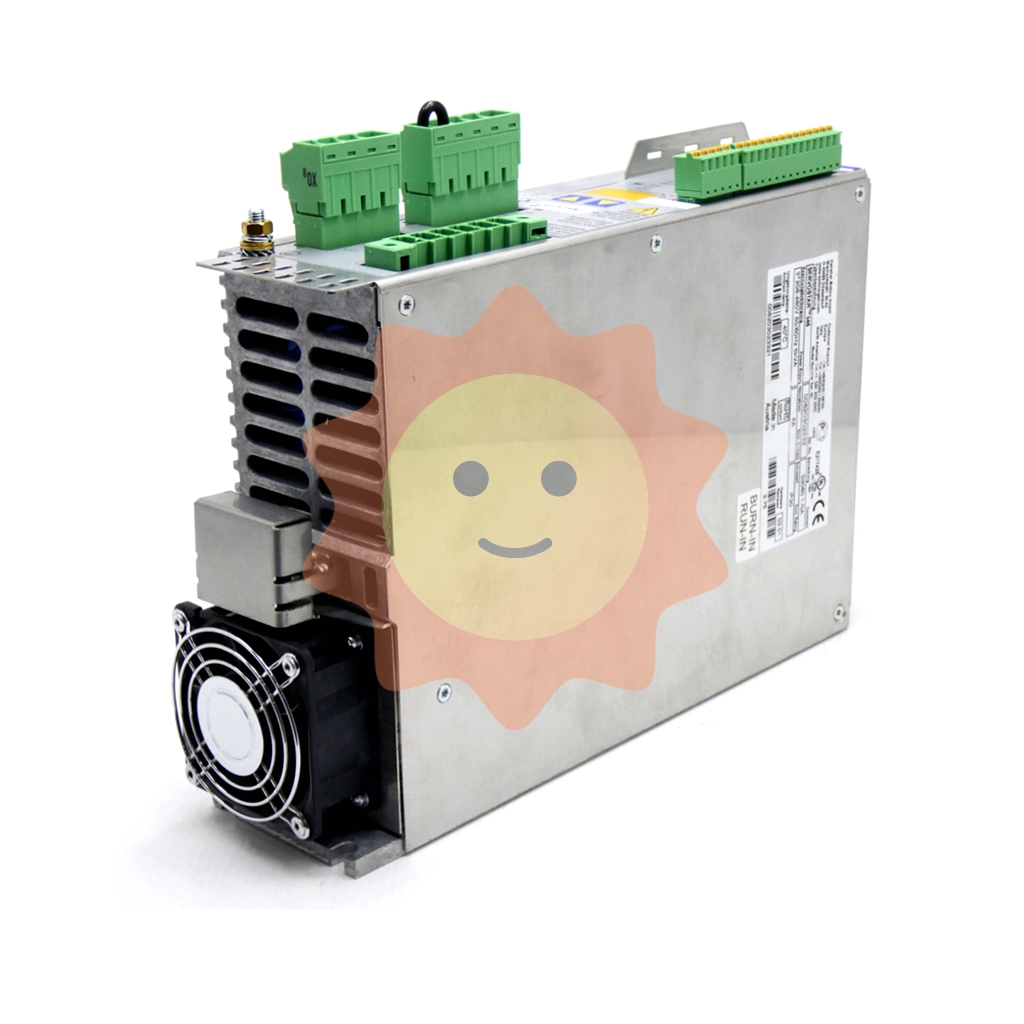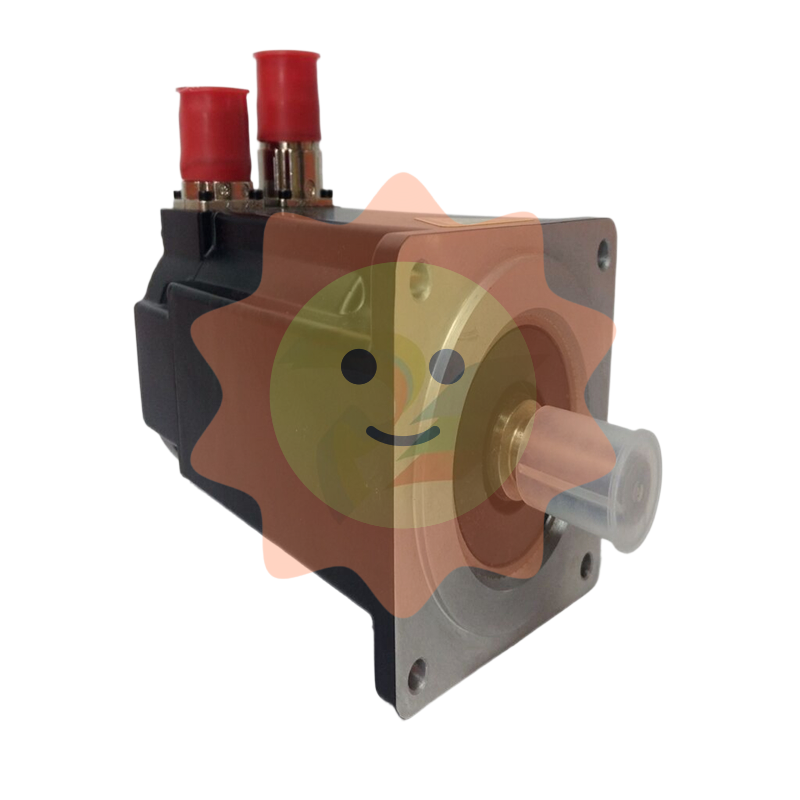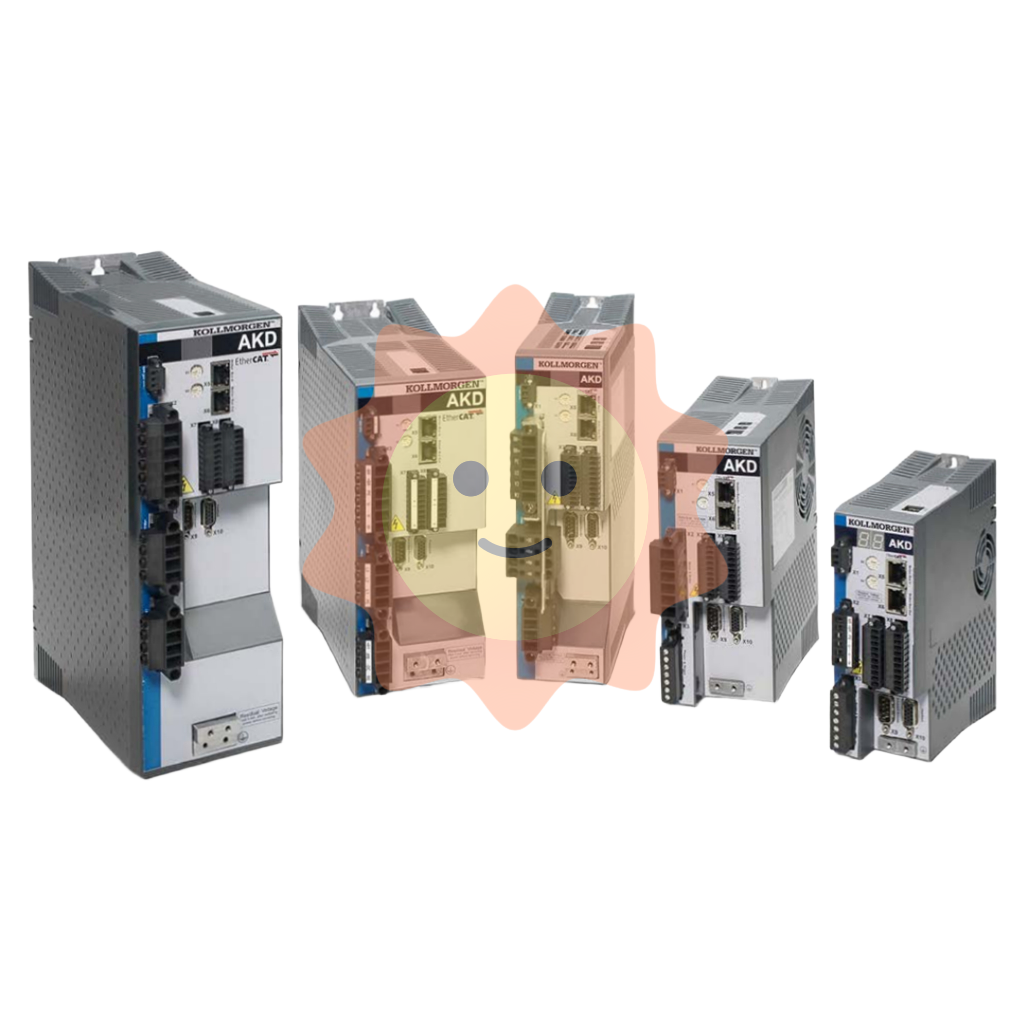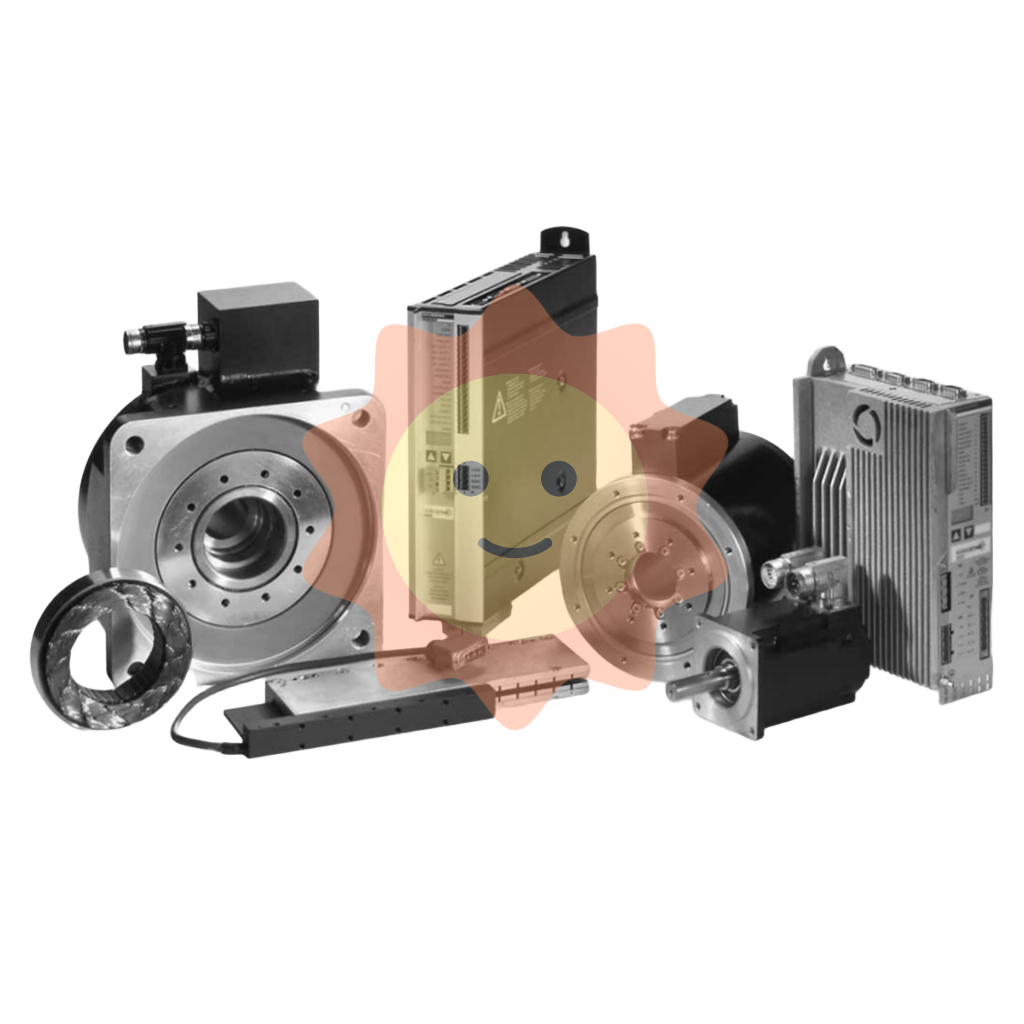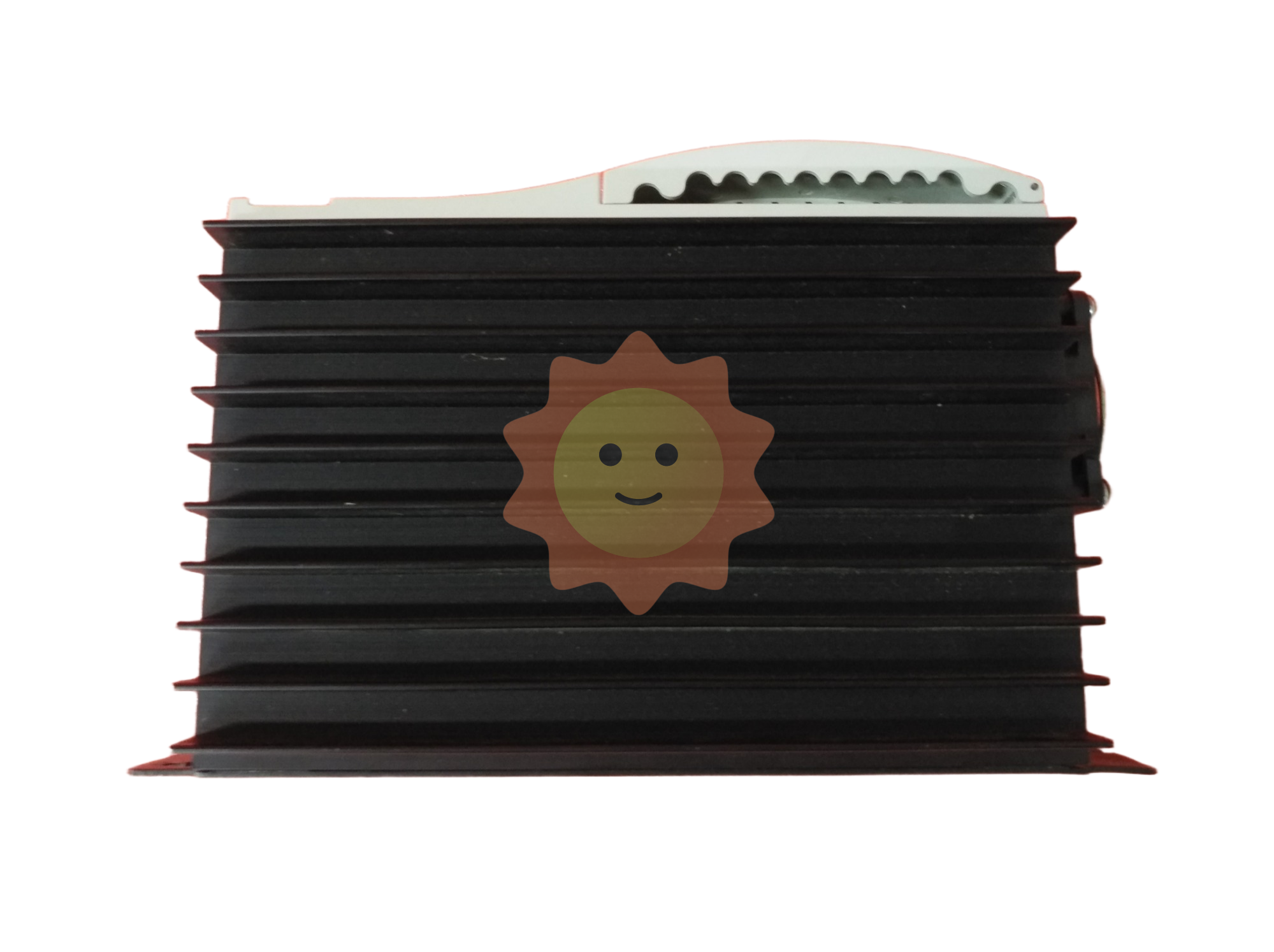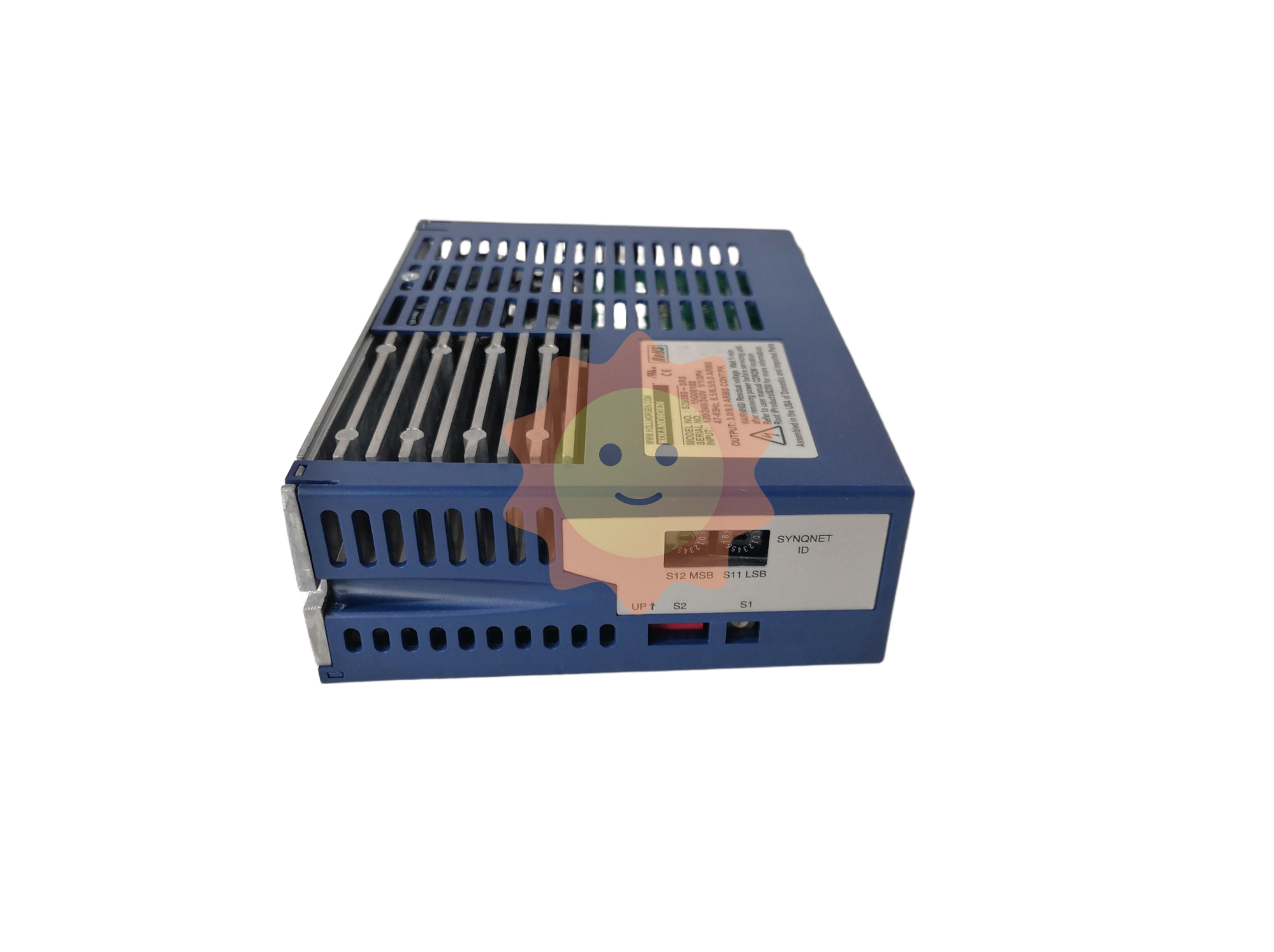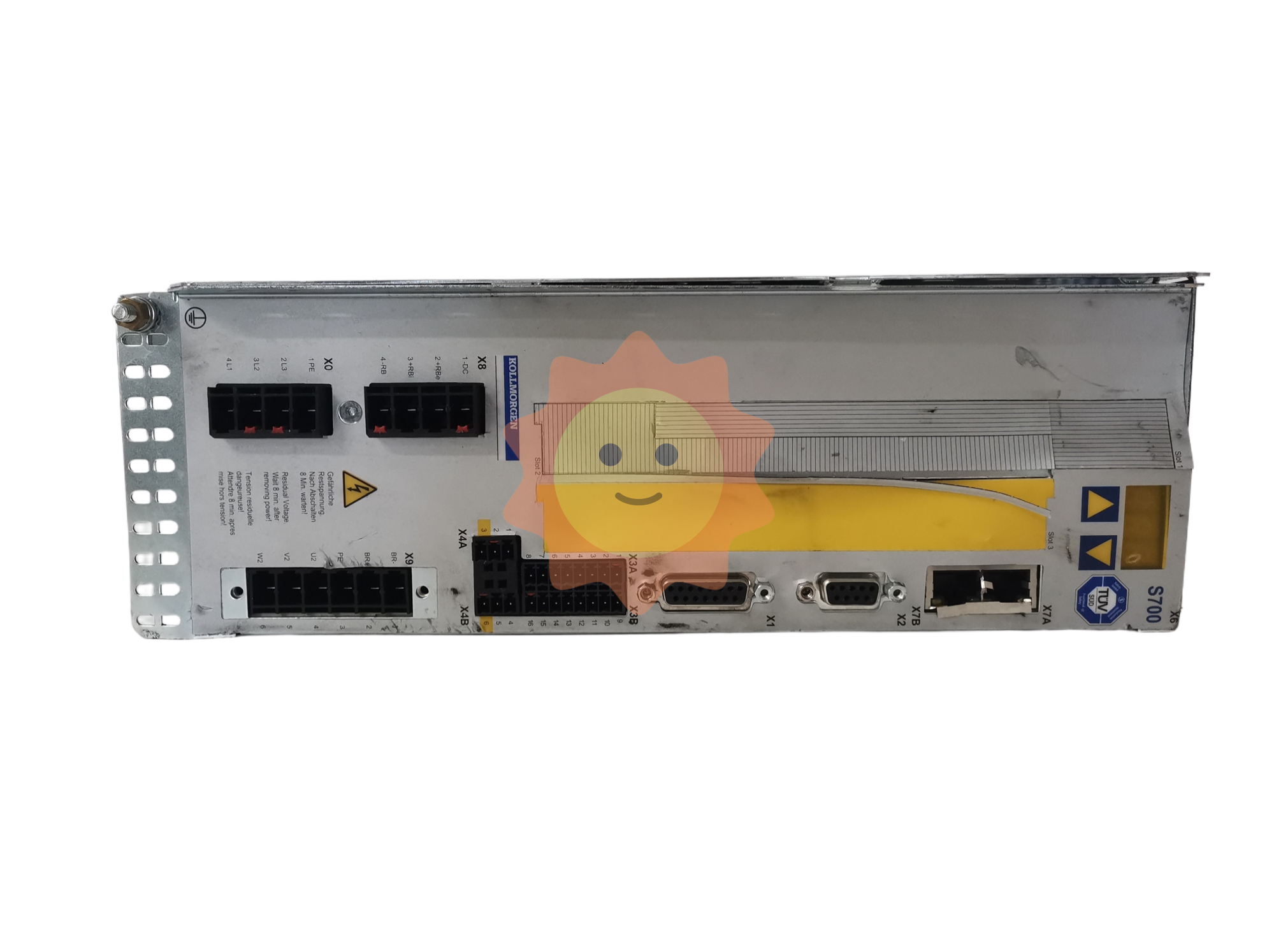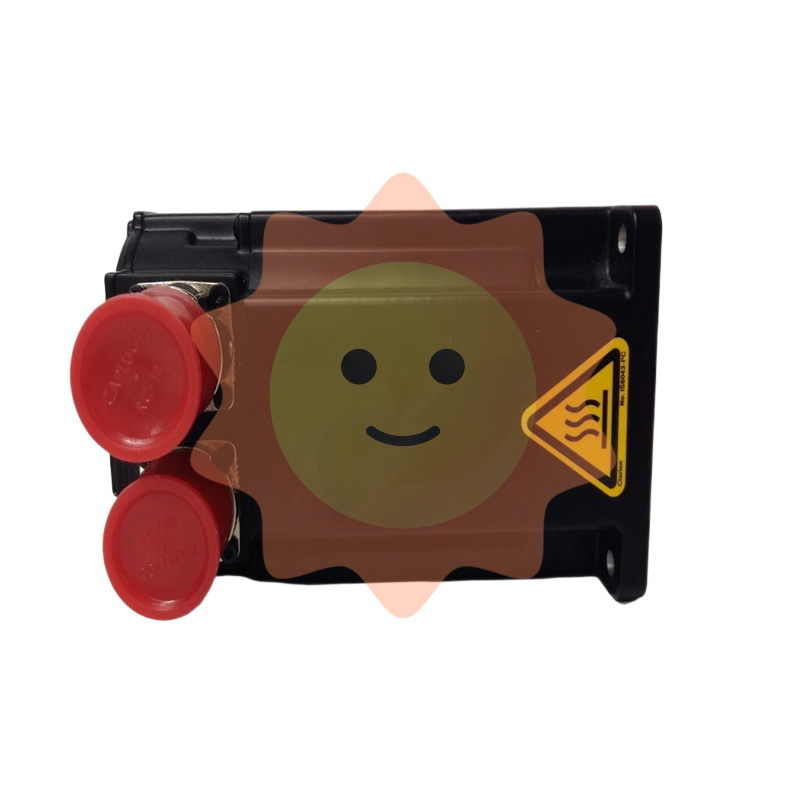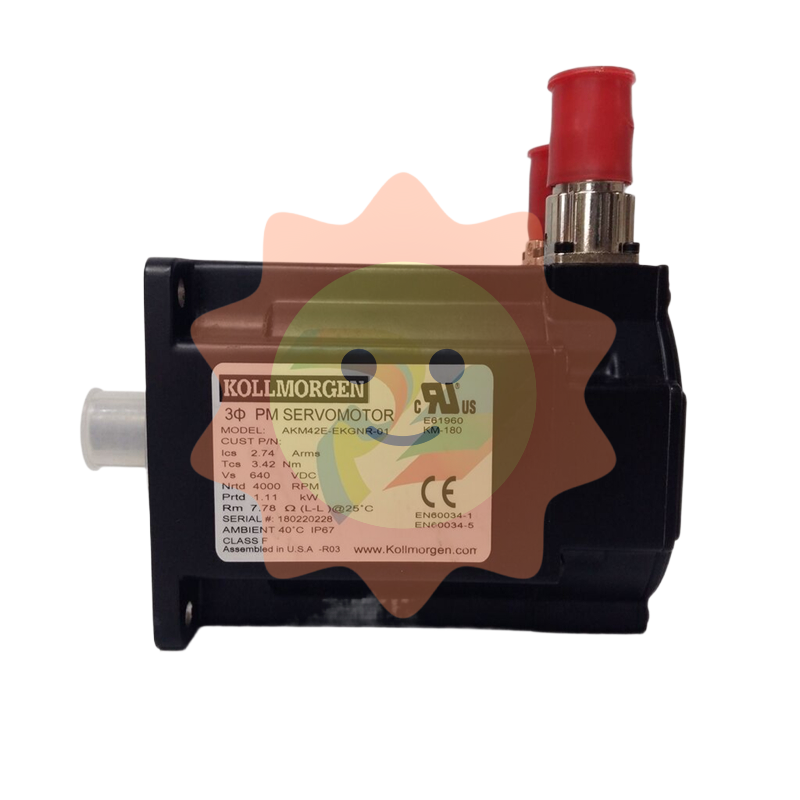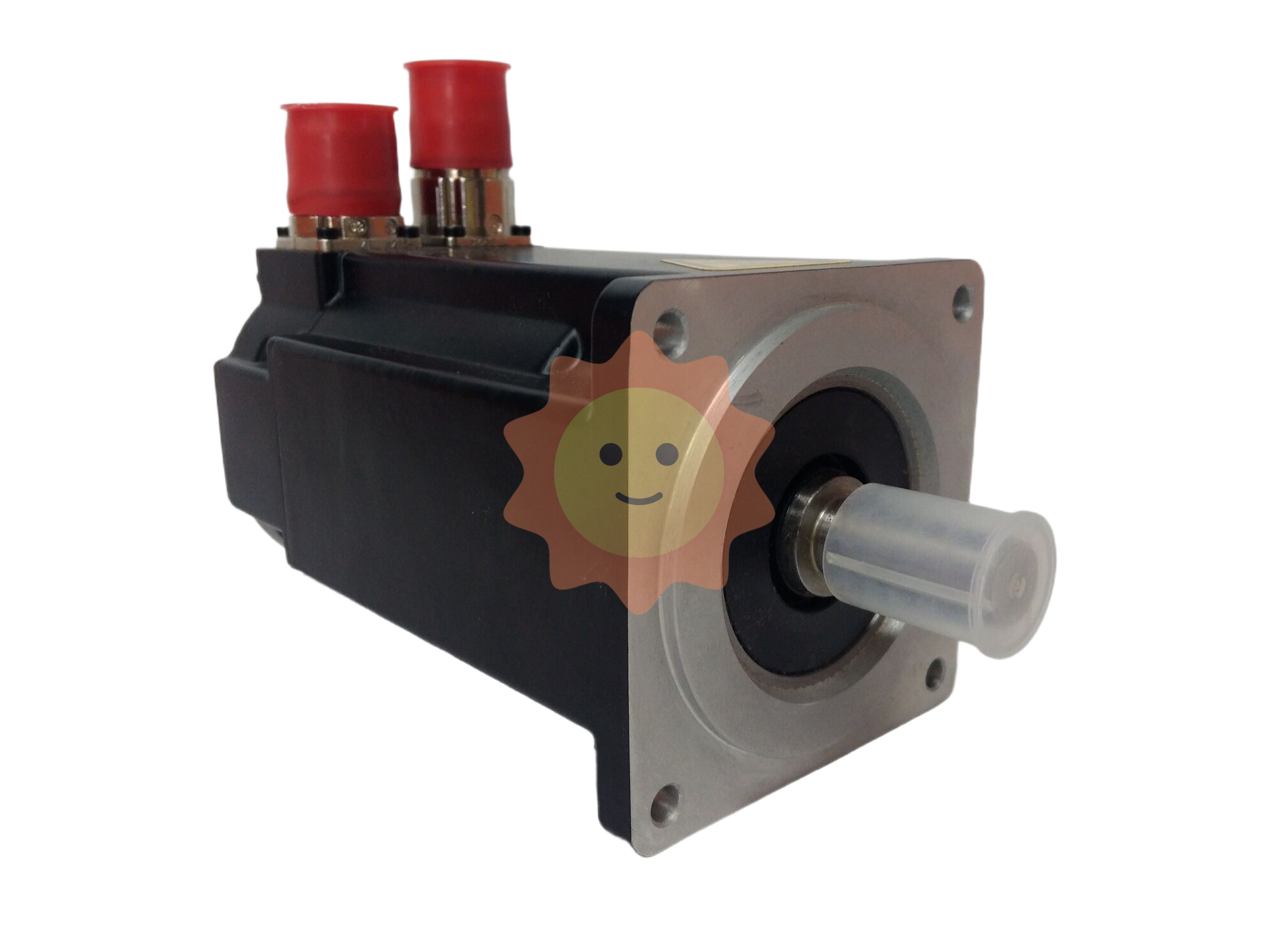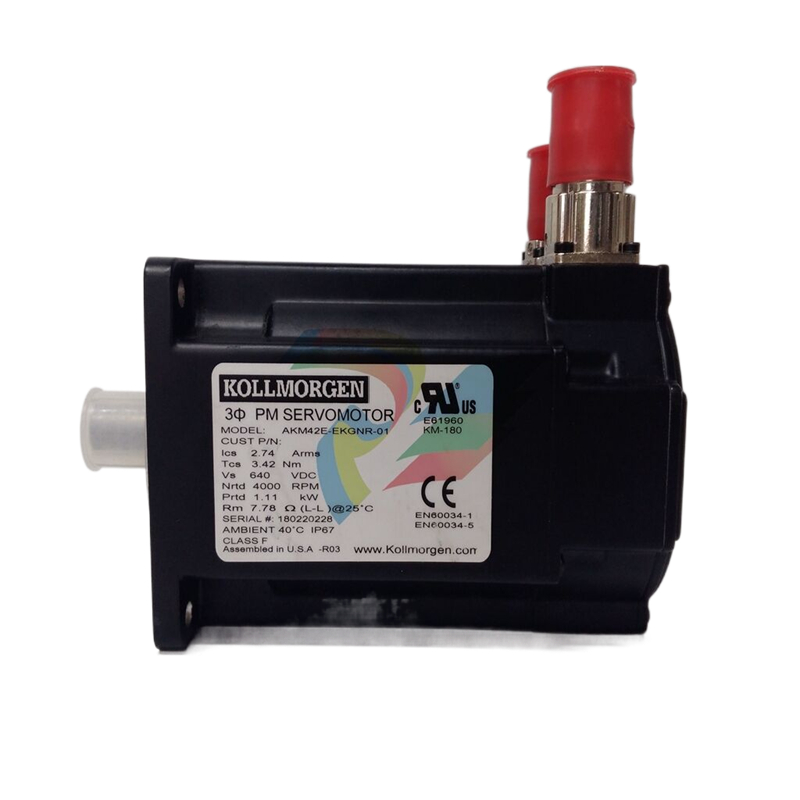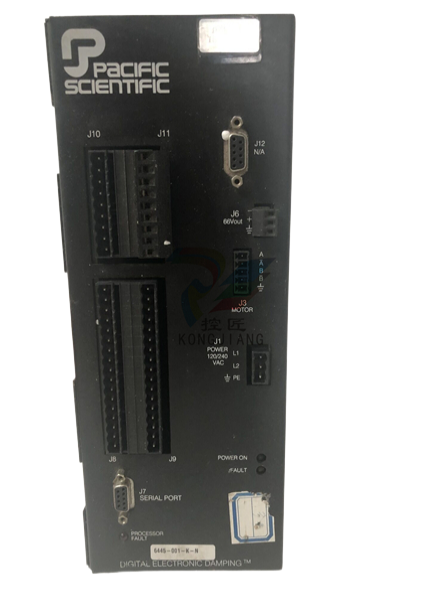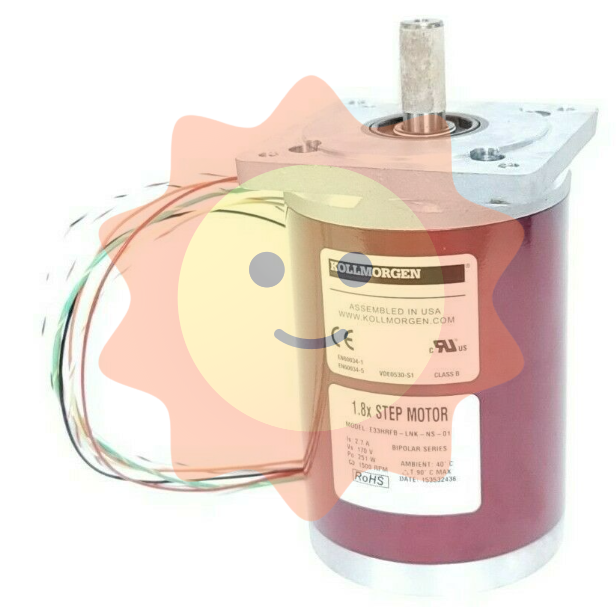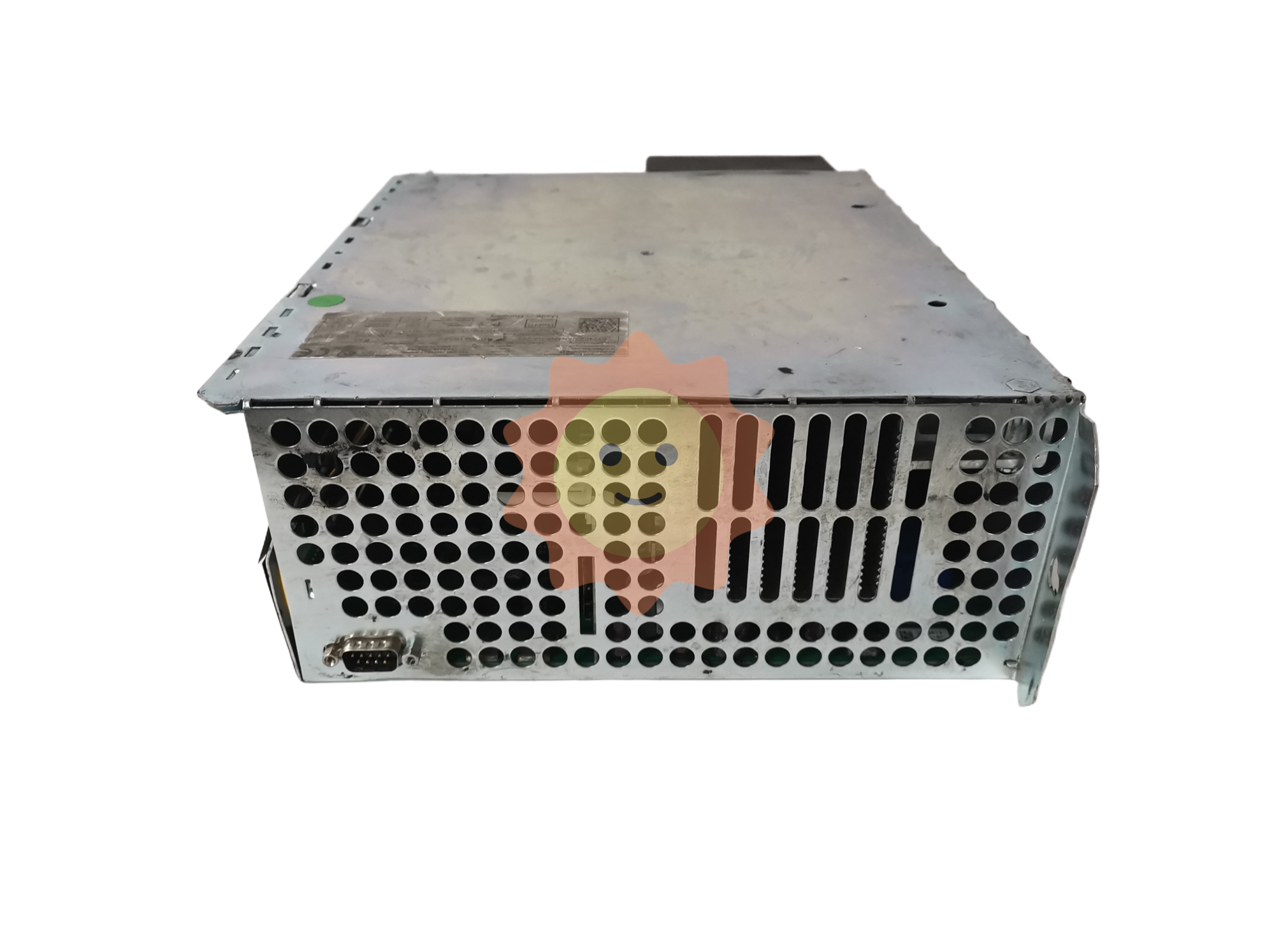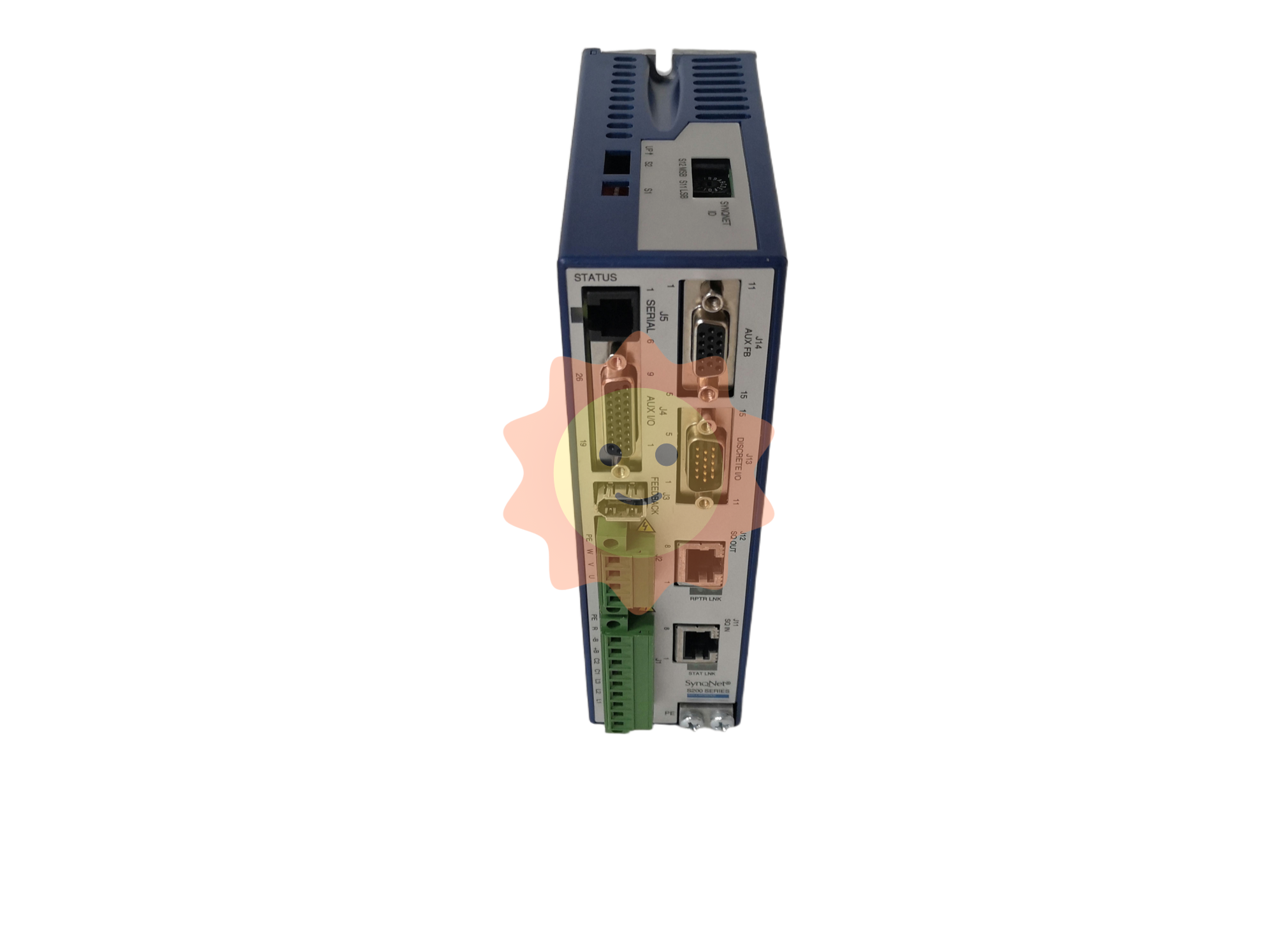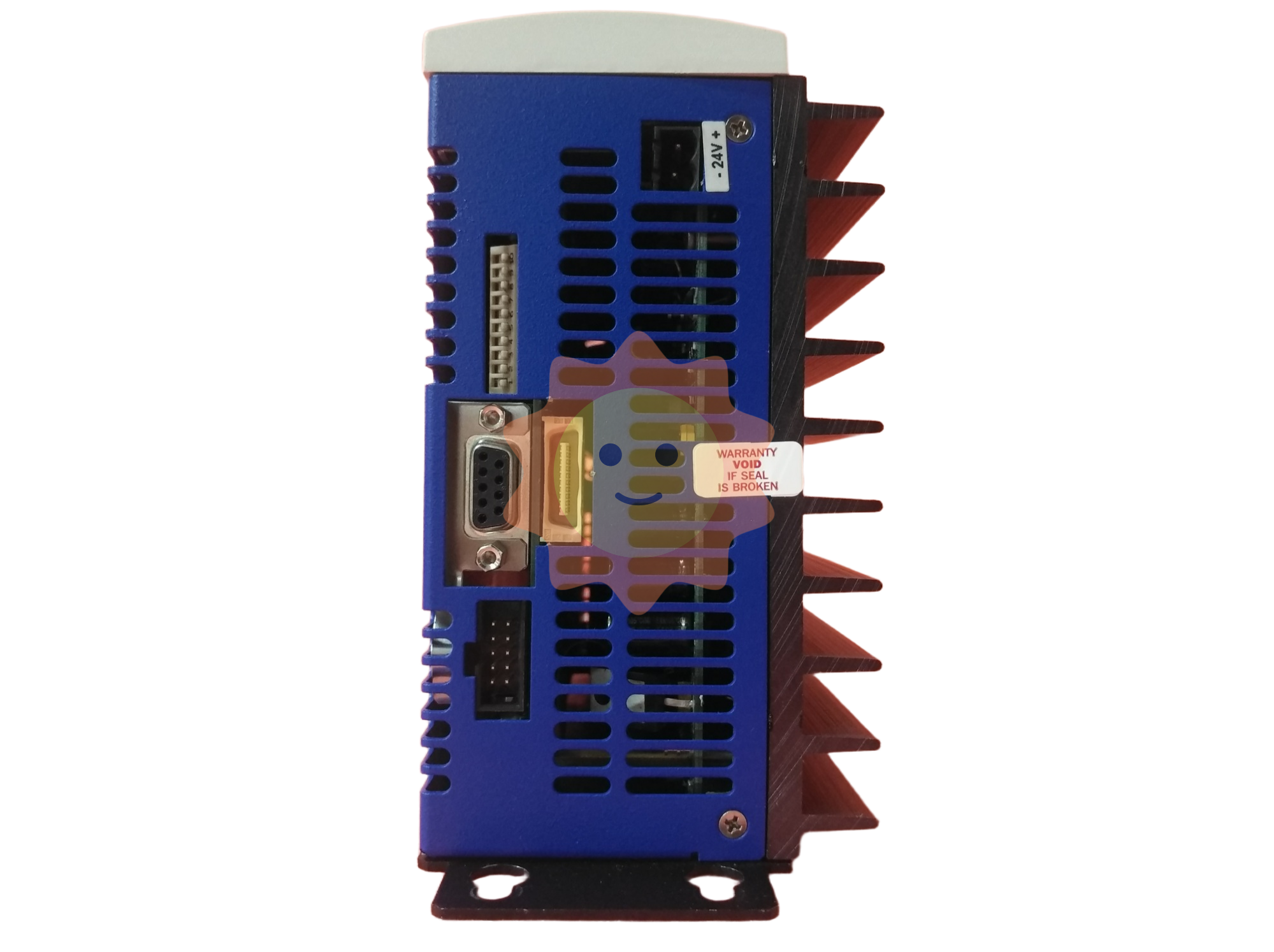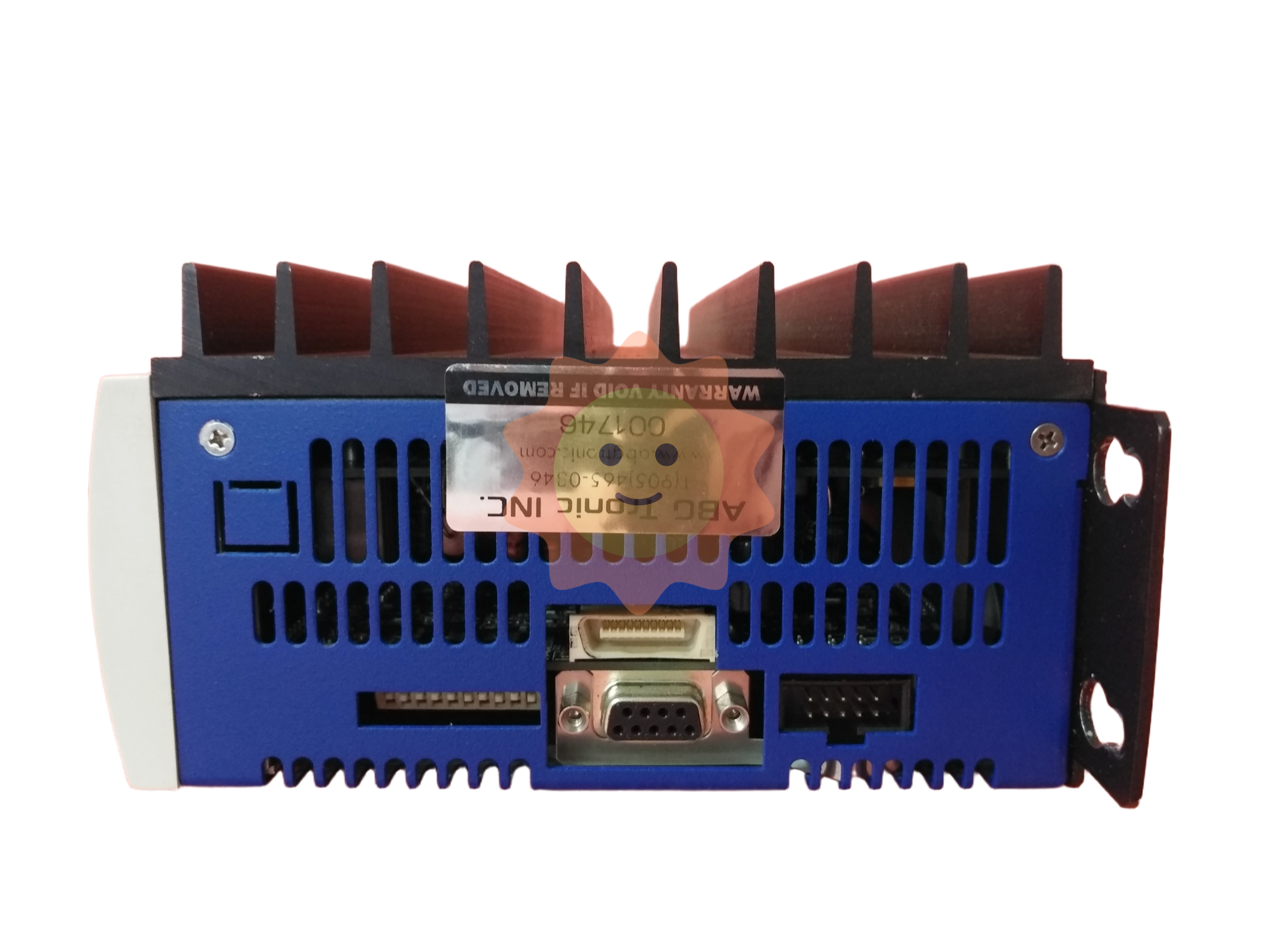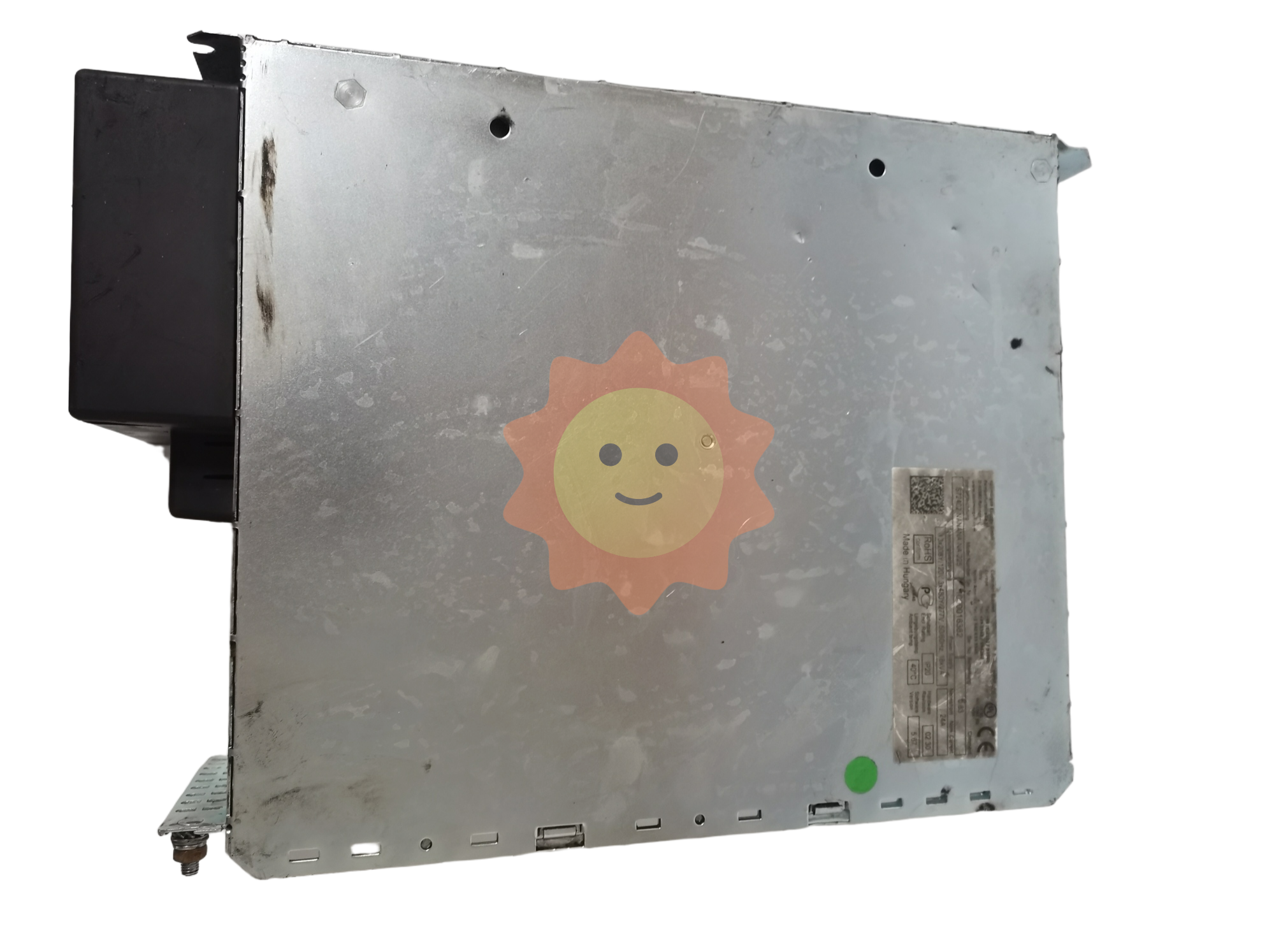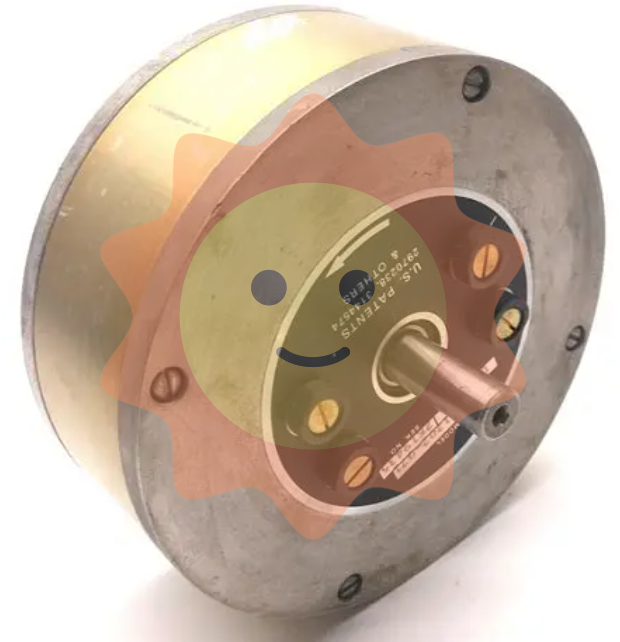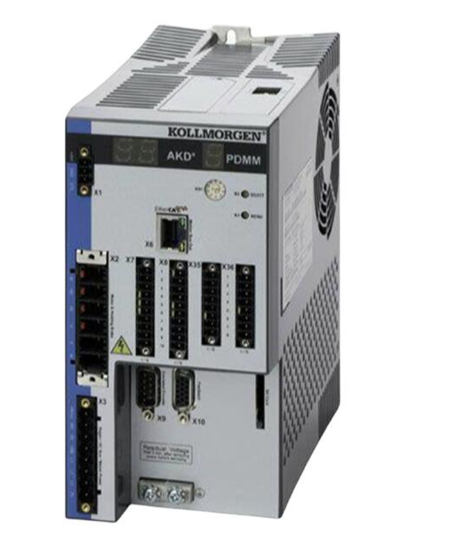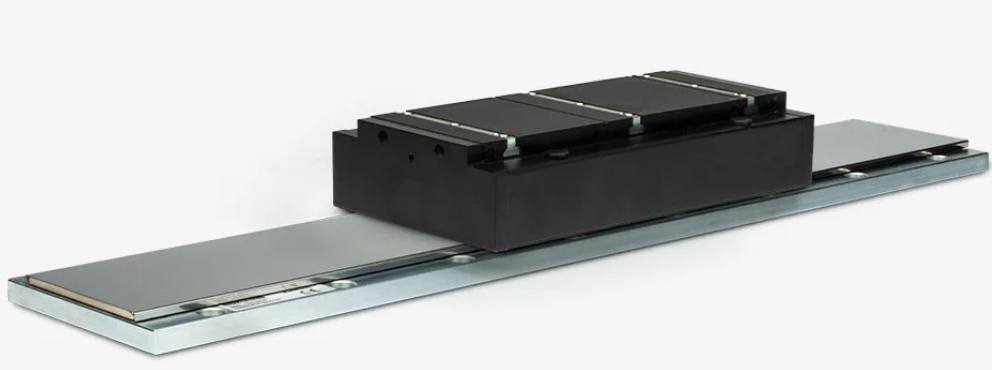The past life, this life and future of nursing robots
1. The development wave of elderly care robots started in the 1960s
The starting time of elderly care service robots dates back to the second half of the 20th century, the earliest development from medical, military, industrial and other fields, to the 1990s, various research institutions began to realize that all aspects of the needs of the elderly life can be solved by robots, and began to gradually focus on the needs of the elderly population.
2. The research on rehabilitation robots started in the 1960s.
The earliest commercialized rehabilitation robot was Handy1 developed by Mike Topping of the UK. After the initial version of Lokomat by HOCOMA company of Switzerland was developed in 2000, the rehabilitation robot entered the period of full development.
The service objects of the rehabilitation robot are mainly semi-disabled elderly people with neurological injuries such as stroke and spinal cord injury. The rehabilitation robot can improve the accuracy and recovery rate of the rehabilitation program through multiple training data and finally feed back to the doctor in the form of a report.
With the gradual attention of countries to the field of rehabilitation medicine and the huge demand of consumers for light rehabilitation medical equipment, wearable rehabilitation + assisted walking exoskeleton robots have emerged. After launching in 2012, Israeli exoskeleton robot company Rewalk went public in the United States in 2014.
3. Nursing robots have been developed since the 1980s;
Initially, the American TRC company developed service robots for hospitals to assist nurses, and later due to the huge demand for old-age care, more robots for disabled elderly care were developed.
The care robot aims to help the elderly in their daily life, mainly solving problems such as constipation, turning over, alarm, and health monitoring.

In addition, there are also some robots that provide help for caregivers to reduce their work load and work intensity, and even realize multi-person, all-round management, and provide more detailed services for patients.
At present, the main research direction is to develop more targeted robots after subdividing the needs of the elderly, and to improve the efficiency of nursing management.
4. Companion robots have gradually developed since Britain and the United States in the 1990s;
Later, with the gradual maturity of artificial intelligence technology, from a simple communication robot gradually developed into a companion robot, most of the products on the market are products used by the pan-age group, and there are fewer companion robots developed specifically for the elderly.
Companion robots can partially meet the psychological needs of the elderly, especially the empty-nesters. In addition to entertaining functions, it will also undertake certain health and life assistant duties, such as taking medicine reminders, smart home and other functions.
With the continuous progress of robot technology, in addition to gradually covering all aspects of the life of the elderly, the elderly robot is also integrating with the smart home to improve and optimize the living environment of the elderly.
|| Three driving factors: caregiver shortage + GPD per capita exceeding $10,000 + robot policy
For China, "severe shortage of caregivers + per capita GDP exceeding $10,000 + policy planning" will become the three major factors driving the development of the domestic elderly care robot industry.
1. Serious shortage of nursing staff: By the end of 2018, the proportion of people aged 65 and above in China reached 11.9%, and the degree of population aging continued to deepen, with about 40 million disabled and semi-disabled elderly people.
2. Per capita GDP exceeding $10,000: the level of economic development is an important factor for the release of elderly care demand. When the per capita GDP of the United States and Japan reaches $10,000, the pension industry enters a stage of rapid development, and China's per capita GDP will reach $P1 million this year.
3. Robot policy planning: In 2016, the "13th Five-Year Plan" proposed that we should vigorously develop industrial robots, service robots, surgical robots and military robots, and promote the commercial use of artificial intelligence technology in various fields;
In 2017, the Three-year Action Plan to Promote the development of a new generation of artificial Intelligence Industry (2018-2020) proposed that by 2020, intelligent home service robots and intelligent public service robots will achieve mass production and application, and robots such as medical rehabilitation and helping the elderly and disabled will achieve prototype production, complete technical and functional verification, and realize more than 20 application demonstrations.
A large number of service robot related policies have been introduced successively, which has provided strong support and guidance for the development of pension robot industry in our country.
Japanese case: Policies to promote the development of elderly care robots, Panasonic, NEC and other large enterprises to set up a special division for the elderly
Among the countries in the forefront of the development of service robots, mainly represented by developed countries such as the United States and Japan.
These countries introduced relevant policies as early as around 2006, and tilted funds, research, policies and other resources to the field of service robots. Later, it also continued to provide support funds for the service robot industry to promote industrial development.
Japan, in particular, has an aging population and a shortage of 400,000 care workers. The Ministry of Economy, Trade and Industry estimates that the market for nursing robots in Japan will expand 20-fold between 2015 and 2025, and the government is devoting one-third of the government budget to the development of nursing robots.
According to the information released by the Industrial Technology Research Institute of the National Research and Development Corporation, the nursing robot is mainly divided into six types: mobile assistance, mobile support, excretion support, care/communication, bath support, and nursing business support.

The scope of care not only covers elderly care institutions and disabled elderly people, but also extends to family care and other elderly people, providing the elderly with more autonomy in their daily activities and improving their quality of life.
Driven by policies, Japanese people have a high degree of acceptance of robots, and relevant large enterprises have a good degree of technological maturity and market promotion effect in elderly care service robots.
Japan has more research and development results for nursing robots and companion robots, especially large enterprises such as Panasonic and NEC will set up a senior division to conduct research and development and sales of related products.
|| China elderly care robot market scan: Enterprise type/venture capital/research and development/development difficulties
Ageclub found 72 robot-related companies through statistics on major robot portals and corporate information platforms such as Qiacha.
It can be seen that since 2015, all parties have seen the business opportunities of pension robots, and have invested in the field of pension robots. Many researchers/entrepreneurs with relevant research and development experience in foreign countries and backed by major research institutions have joined the elderly service robot industry, which has also laid the technical foundation for the development of domestic robots.
It can be seen that most of the companies at this stage are mainly rehabilitation medical equipment, focusing on solving the physical recovery problems of semi-disabled patients.
In the business scope, there are 41 companies with rehabilitation robots, 12 nursing robots, 14 companion robots, and 5 large robot companies similar to Siasun have developed more elderly robot products, spanning 2-3 fields.
According to our summary of the information of various enterprises, the current companies entering the field of elderly care service robots are mainly divided into three categories:
1. Rehabilitation robot
Due to the successful precedent of foreign rehabilitation robot enterprises and the huge gap in domestic rehabilitation machinery and equipment, many entrepreneurs enter the elderly disability industry from the field of rehabilitation robots.
According to statistics, most of the 41 rehabilitation robot companies were founded 14 years later, some companies expanded their business scope from other industries, and some companies saw the success of foreign rehabilitation robots and began to start businesses in related fields in China.
It can be seen that the number of ordinary rehabilitation robot companies was the largest around 2015, and the entrepreneurial boom on exoskeleton robots began to rise gradually from 2014.
A total of 22 companies in this field have obtained financing, most of the companies have obtained PreA, series A financing, the most of the companies have obtained financing in 2017-2019, and most of the companies have obtained financing amounts in the tens of millions.
2. Care robots
We found that there are currently 10 companies that focus on nursing robots, and most of the domestic nursing robot companies are mainly focused on solving the problem of excretion of disabled elderly people.
The product is mainly in the form of intelligent integrated nursing bed, which concentrates the nursing bed, electric wheelchair and displacement function on a robot to reduce the risk of falling accidents during the transfer process.
The registered capital of most enterprises is relatively high, and only one of the statistical enterprises has been financed.
3. Accompany the robot
In our country, enterprises that accompany the layout of robots are mainly based on pan-population products and children's early education products, but for the elderly, this special group, it is still only a few sporadic attempts.
The practice of some enterprises is to mix the functions of children's early education products and elderly companionship products, and add a small number of elderly interest-related functions (opera, broadcasting, etc.) to the original system. There are many such companionship products sold in e-commerce channels.

A small number of products are simple assembly of ordinary tablet devices and mobile machinery, and the functions of ordinary electronic devices are integrated together, which is not much different from smartphones.
At present, there are problems in the domestic companion robot industry, such as fewer players focusing on the needs of middle-aged and elderly people, poor product targeting and slow market promotion.
4. Difficulties in the development of elderly care robots:
AgeClub analyzed the matching degree between elderly care robots and the needs of the elderly, and believed that elderly people of different ages and physical conditions have different degrees of demand for different types of robots, and in general, the prospect is broad.
But so far the domestic pension robot market is still in its infancy, far from achieving large-scale popularity.
And some insiders revealed to AgeClub that the elderly care service robot created by the listed company Midea did not meet the requirements of the project investment return, and the team has been dissolved.
We spoke to practitioners and came up with the following main reasons:
Lack of awareness: At present, domestic elderly care institutions, families and governments at all levels have a low cognition of elderly care robots, and the overall acceptance is not high, resulting in a weak overall market demand;
Price barrier: The price of most personal companion robots is in thousands of yuan, and the function of robots below 1000 yuan is relatively simple, and the cost performance is not high; The price of most rehabilitation robots is more than 100,000 yuan, which can not be afforded by ordinary families and grass-roots medical institutions.
Immature technology: domestic elderly care robots have innovative functions compared with foreign products, and the price can be 20%-30% lower, but because the core technology is not fully mature, there is still a gap in performance with foreign products; Moreover, the production line of many enterprises cannot guarantee large-scale mass production and stable product quality after listing;
No scale: At present, most domestic enterprises do not have large-scale production and relevant cooperation experience, failed to form a certain influence in the industry, and many consumers are still in a wait-and-see state for robot products.
|| Development direction: Close to the demand side of technological innovation + platform, insurance, leasing and other business model innovation
Although there is no blowout market demand for elderly care robots at present, with the accelerated arrival of the aging society, the scene of every family using robots like using smartphones may appear in the not too distant future.
At present, the representative companies of exoskeleton robots in the world include Ekso Bionics in the United States, ReWalk in Israel, Cyberdyne in Japan, and Rex Bionics Limited in New Zealand, etc. The first three companies were listed successively in 2014 with huge market demand and technical advantages.
According to our tracking and analysis of the financial reports of several listed companies, their income is in a growing trend, which can be seen that the demand for robots in the elderly industry in developed countries is gradually opening.
The following will analyze the innovation direction of elderly care robots from two aspects of technology and business model.
1. Innovation close to the needs of the elderly: lightness/comfort/emotional interaction/housework
AgeClub analyzed different types of rehabilitation robots according to indicators such as ease of use, degree of autonomous operation, lightness, scene diversity and cost performance, and found that ordinary rehabilitation robots were slightly deficient in all aspects, while the exoskeleton robot improved the indicators of ease of use and degree of autonomous operation. The latest wearable exoskeleton robot better solves the problem of scene diversity and portability of the previous two "predecessors".
Ekso Bioncs' exoskeleton robot is estimated to cost $75,000-150,000; The Rewalk exoskeleton robot costs $65,000 - $130,000; The HAL-5 exoskeleton robot costs $50,000.

At present, the average price of personal exoskeleton robots sold abroad is $100,000, which is equivalent to the cost of regular care for spinal cord injury patients for 5 years, which is just out of reach for ordinary families.
Some domestic enterprises focusing on exoskeleton robots are aware of this huge gap in price, technology and consumer demand, and through independent/cooperative research and development materials and systems, they can realize the leap from the basic functions of the B-end to the portability of the C-end: basic functions - human-computer interaction - absolute safety - lightweight and comfortable.
For example, the BEAR H1 exoskeleton robot developed by Shenzhen Maistep Intelligent Technology Co., Ltd. will be adjusted according to the height of the patient, the weight of no more than 85 kilograms of patients can be used, and its own weight is less than 20 kilograms.
BEAR H1 uses a flexible driver as the output, so that when the force control, the stability and accuracy will become higher, suitable for use in the scene of human-computer interaction.
In 2019, Fourier X2 was launched by Shanghai Fourier Intelligent Technology Co., Ltd. to minimize the load while ensuring the overall structural stiffness. The Fourier X2 weighs only 18 kg, and is a mass-produced robot that will be much cheaper than foreign brands. You can really solve the problem of the popularization of exoskeleton robots.
And Fourier will build a software-centric, modular hardware exoskeleton robot ecosystem EXOPS for global developers, developers can carry out secondary development on this platform, promote the rapid landing of exoskeleton robots, accelerate its industrialization process.
In terms of companion robots, based on public information and communication with industry practitioners, AgeClub classifies various functions and technical development difficulties of companion robots:
- EMERSON
- Honeywell
- CTI
- Rolls-Royce
- General Electric
- Woodward
- Yaskawa
- xYCOM
- Motorola
- Siemens
- Rockwell
- ABB
- B&R
- HIMA
- Construction site
- electricity
- Automobile market
- PLC
- DCS
- Motor drivers
- VSD
- Implications
- cement
- CO2
- CEM
- methane
- Artificial intelligence
- Titanic
- Solar energy
- Hydrogen fuel cell
- Hydrogen and fuel cells
- Hydrogen and oxygen fuel cells
- tyre
- Chemical fiber
- dynamo
- corpuscle
- Pulp and paper
- printing
- fossil
- FANUC
- Food and beverage
- Life science
- Sewage treatment
- Personal care
- electricity
- boats
- infrastructure
- Automobile industry
- metallurgy
- Nuclear power generation
- Geothermal power generation
- Water and wastewater
- Infrastructure construction
- Mine hazard
- steel
- papermaking
- Natural gas industry
- Infrastructure construction
- Power and energy
- Rubber and plastic
- Renewable energy
- pharmacy
- mining
- Plastic industry
- Schneider
- Kongsberg
- NI
- Wind energy
- International petroleum
- International new energy network
- gas
- WATLOW
- ProSoft
- SEW
- wind
- ADVANCED
- Reliance
- YOKOGAWA
- TRICONEX
- FOXBORO
- METSO
- MAN
- Advantest
- ADVANCED
- ALSTOM
- Control Wave
- AB
- AMAT
- STUDER
- KONGSBERG
- MOTOROLA
- DANAHER MOTION
- Bently
- Galil
- EATON
- MOLEX
- Triconex
- DEIF
- B&W
- ZYGO
- Aerotech
- DANFOSS
- KOLLMORGEN
- Beijer
- Endress+Hauser
- MOOG


Email:wang@kongjiangauto.com

